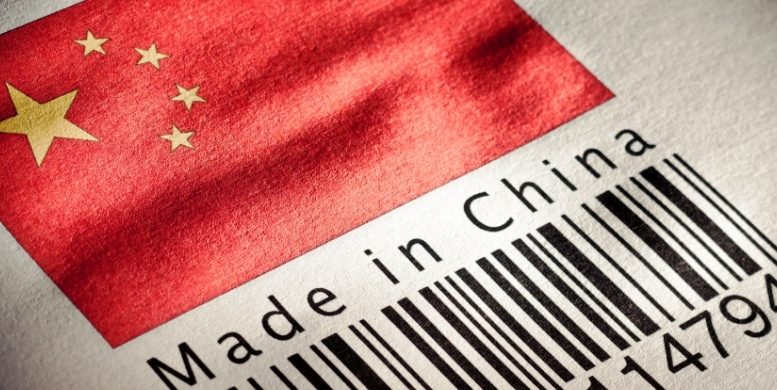For most of the problems China is acknowledged to have, the actual answer being pursued is more technology.” The aging population and therefore shrinking workforce is a key driver behind investment in automation and robotics for example”, says Mark Tinker, Head of Framlington Equities Asia at AXA IM. Furthermore, the dependence on trade has not only been diminished by the rapid growth of the rest of the economy – the trade surplus with the US is not much different in absolute term compared to a decade ago, but the % of GDP it constitutes is now below 4% – but the move to greater value added is reducing the exchange rate sensitivity. This was a point we made strongly back in 2016 when a 40% devaluation of the Yuan was being widely promoted as ”a necessary solution to China’s growth problem”, Tinker adds.
However, AXA IM economists didn’t see it that way and “clearly nor do the authorities and the drive for Made in China 2025 is the clear direction of policy” , which is something that the US Trade advisor Peter Navarro warned on a few weeks back.
This is the true focus of the so called trade wars, the new economy, not the old. The statistics on China are always extra-ordinary and certainly are when applied to elements of the new economy. Telling a European audience (let alone a US one) that China has built more than 35,000 km of high speed rail, which is more than the rest of the world put together tends to surprise, as does pointing out that the number of connected consumers, at over 700m, is more than the rest of the developed world combined.
AXA IM’s analyst Mark Tinker also notes as interesting that, while there remains much talk about IP transfer, China actually registered more patents than any other country last year, its volume of research publications was second only to the US and according to quality measures of a standard not too different from Japan.
If we look at research personnel we see China having risen from 1 million ten years ago, around the same as the US, to over 4million today. Over the same period, the US has been essentially flat. Investing in people is part of the drive towards higher productivity and higher value added which is pushing the returns to labour as well as capital higher. Urban wages are rising over 8% a year in real terms, which is powering the shift towards consumption as a driver of GDP.





